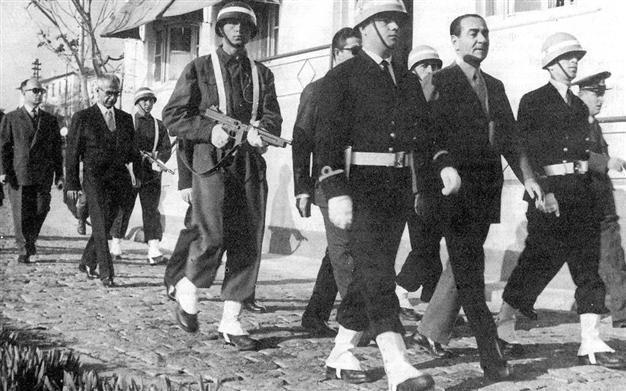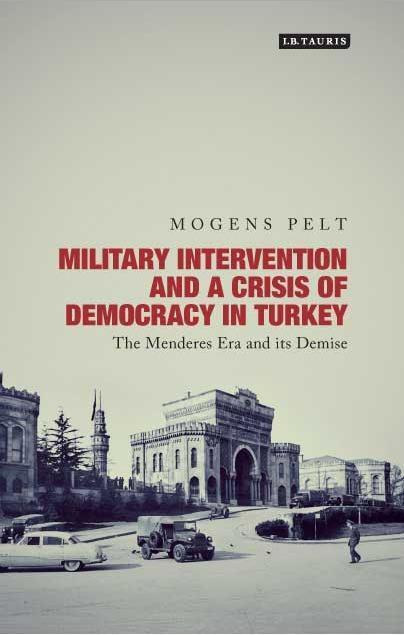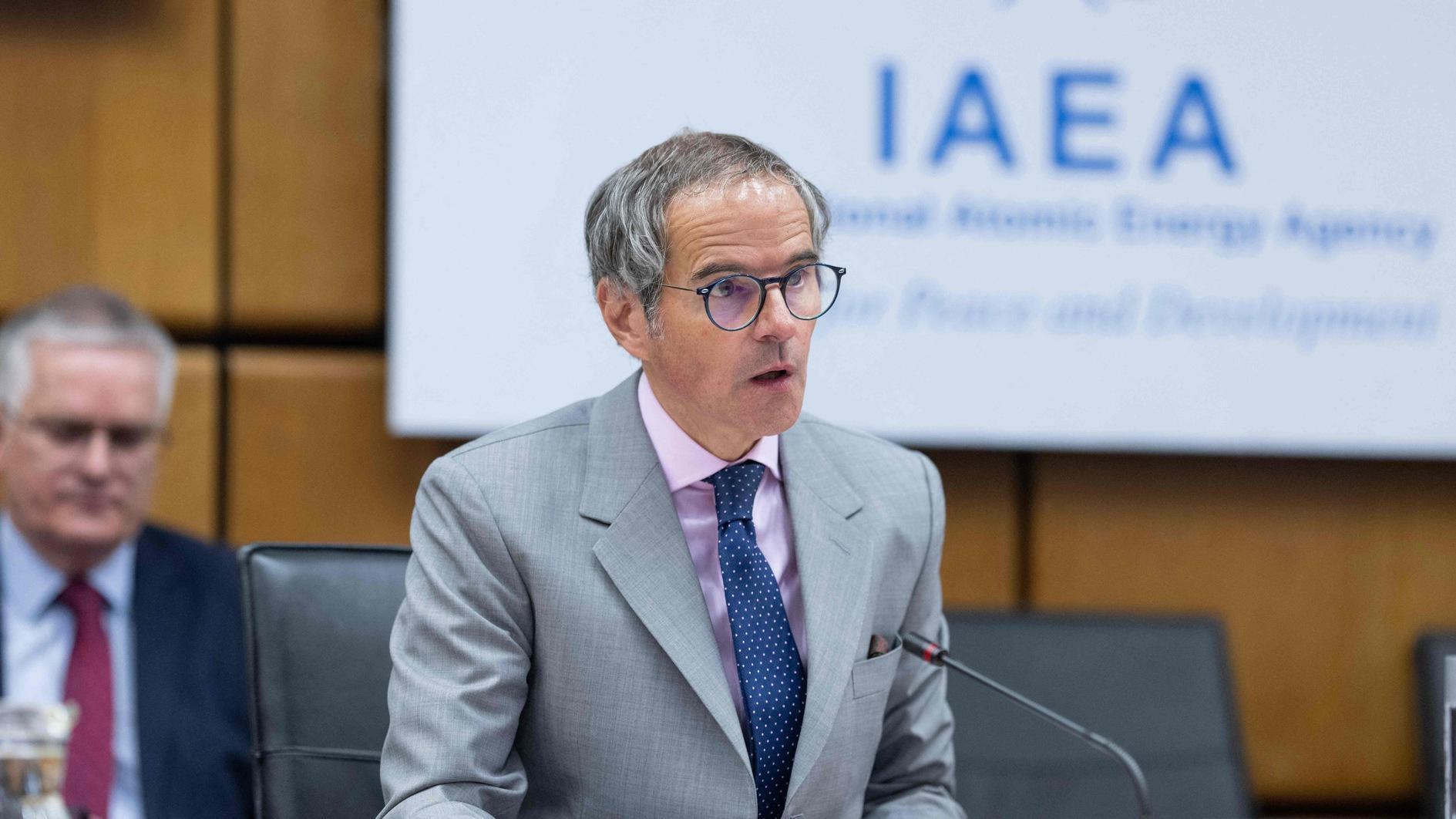Turkey’s 1960 coup, still resounding today
William ARMSTRONG - william.armstrong@hdn.com.tr
 ‘Military Intervention and a Crisis of Democracy in Turkey: The
Menderes Era and Its Demise’ by Mogens Pelt (IB Tauris, £62, 304 pages)
‘Military Intervention and a Crisis of Democracy in Turkey: The
Menderes Era and Its Demise’ by Mogens Pelt (IB Tauris, £62, 304 pages)The figure of Adnan Menderes continues to loom large over modern Turkish politics. He exerts a particular fascination for current President Recep Tayyip Erdoğan. “We are realizing Menderes’ dream,” Erdoğan said at a rally during his presidential election campaign last month. “They may have executed him but he is not forgotten; he is in our hearts.”
Erdoğan sees himself as the heir to the Turkish Republic’s first democratically elected prime minister, leading the struggle of the “national will” against “tutelage elites.” He has even revived Menderes’ own campaign slogan: “Enough, the power is with the people.” The charge sheet against Menderes also resembles complaints against Erdoğan today: Crude majoritarianism, suppression of the press, crushing anti-government protests, and targeting minorities. Looking back at the era of Menderes and his Democrat Parti (DP) in the 1950s is a reminder of the stubborn continuity of schisms in Turkish politics, despite surface upheavals.
 This book by historian Mogens Pelt is a detailed and lively account of Menderes’ time in office and his ouster by the military in 1960. Though Melt’s sympathies lie with the deposed (and later hanged) Menderes, he is under no illusions about the nature of the DP’s rule or its tactical mistakes. While the era still rouses bitter emotions in today’s Turkey, few of the actors on either side emerge with any credit.
This book by historian Mogens Pelt is a detailed and lively account of Menderes’ time in office and his ouster by the military in 1960. Though Melt’s sympathies lie with the deposed (and later hanged) Menderes, he is under no illusions about the nature of the DP’s rule or its tactical mistakes. While the era still rouses bitter emotions in today’s Turkey, few of the actors on either side emerge with any credit.The DP came to power in Turkey’s first free elections in 1950, after 27 years of single-party rule. Support for it came from groups outside the republican reform project: Small business holders, the non-state dependent commercial class, the rural majority of peasants, and religious leaders alienated by rigid secularism. Economically, the DP moved away from the doctrine of étatisme and sought to encourage private enterprise, while also loosening the tight religious regulations imposed by the single-party regime of the Republican People’s Party (CHP). In foreign policy, the DP decisively moved Turkey into the Western sphere against the Soviet Union, joining NATO in 1952 after contributing thousands of troops to fight in the Korean War.
The party took an increasingly authoritarian turn as it established itself in power, provoking fears that the democratic system had merely given rise to an elective dictatorship. In addition to the anti-Greek pogroms in Istanbul on Sept. 6-7, 1955 (which many suspect Menderes had a hand in stoking), the DP stifled the CHP-friendly press, forced disobedient civil servants, judges, and professors into early retirement, violently crushed anti-government protests, granted the Finance Ministry authority to audit the CHP’s internal finances, and opened an extraordinary parliamentary inquiry commission into the party. Pelt is critical of these moves, but also tries to place them in a wider context:
While we should keep in mind that Menderes was presiding over a regime change and that he wasprime minister in a state whose institutions, including universities and most of the press, were still staffed by people who owed their careers to the one-party state and whose loyalty belonged to the CHP, it is clear that the legislation also provided the government with a selection of instruments that were used to suppress dissent and opposition in general.
The justification for the DP’s most controversial measures was always that the CHP - led by the aging former general İsmet İnönü - was using illegal tactics to retain its grip on the levers of state, as it knew it could not return to power through legal methods. Those accusations were not completely unfounded, and there’s plenty of evidence of direct and indirect cooperation between the CHP, İnönü, and the military bureaucracy, leading up to 1960 and in its aftermath. It’s also true, as Pelt is keen to add, that in terms of political freedom, “the Menderes era stood head and shoulders above anything Turkey had experienced during the one-party era.” Still, he avoids sanctifying Menderes as a “martyr of democracy” as claimed by his most earnest partisans today. In fact, the DP and its leader shared much of the blame for the escalating tension in the years leading up to the coup.
By 1959, the situation had become critical. Added to the complaints of authoritarianism were concerns about the upsurge in the religious fervor surrounding the DP towards the end of the 1950s – anathema to the Kemalist establishment. The demagogue Menderes made increasing use of religious imagery and accused the opposition of opening a “crusader’s front” against his government, while his survival of a plane crash at Gatwick Airport in 1959 further ramped up the personality cult that was developing around him. “There is a leader at the head of this nation who was appointed by God and his Prophet and this is Menderes,” DP spokesman Himmet Ölçmen said at the time, with the political temperature rising in conjunction with such rhetoric. As the author writes, “the Kemalists now were up against a person whose symbolic value transcended that of simple political popularity, composing, as it did, a strong religious significance too. At the same time, it also gave the Kemalists new opportunities to accuse Menderes of exploiting religion for political purposes.”
The crucial tipping point, however, was the military’s erosion of trust in the Menderes government - never high in the first place. Among the main grievances alienating military figures was the DP’s priorities in favor of private business, which damaged the officers’ social and economic status; Menderes’ appointment of defense ministers with no links to the military; his attempt to blame them for the September 1955 riots; and even his attempts to mobilize army units against CHP groups. Menderes critically misread the military officers’ attitude, complacently assuming their loyalty to the elected government. “I can tell you that my standing with the people of Turkey is so great that İnönü does not stand a chance of upsetting my government,” he told U.S. Ambassador Fletcher Warren in 1959 with a curious mixture of naivety and hubris. “We can rely on the army 100 percent … I have no doubt.” In fact, junior officers carried out the coup d’etat on May 27, 1960, overthrowing the DP and then working closely with the CHP in the subsequent managed return to democracy.
The coup plotters used the same excuse that most putschists do. The country, they said, was “on the brink of civil war” and the military was “forced to intervene in order to save the nation.” However, the five Istanbul University law professors who were summoned to draw up a new constitution argued that a coup had been necessary as “the DP had acted against the constitution and made itself illegal.” The fact that different justifications were put forward at different times indicates that the coup was not (only) a move to protect sincerely held republican principles, but also was carried out to protect established privileges.
Today, Turkey’s 1960 military intervention is sometimes referred to as an example of a relatively “democratic” coup d’etat. The constitution that followed it was in many ways the most liberal Turkey has ever had, expanding the individual rights and liberties guaranteed in the 1924 Constitution and expressly recognizing the right to privacy, the right to travel, and the freedoms of speech, assembly, and association. But it also enshrined the military and an unelected bureaucracy perpetuating its own interests at the top of the state, particularly through the National Security Council (MGK) and the newly established Constitutional Court. The sovereignty of parliament and the popular will was steadily undermined in the name of anti-majoritarianism, with the military bureaucracy retaining the reins in the country. Parties inheriting the DP political line would eventually come to power, but by then the game had changed. No elected government could exercise the kind of authority that the DP had during the 1950s, and the military would go on perpetuate its superior position by successfully intervening again on three separate occasions.
Overall, Pelt’s book is a worthwhile read with obvious pertinence in today’s Turkey, where echoes of the 1950s still resound. Looking back at the era of Menderes and the DP from a cold distance, you also recognize the familiar difficultly of choosing sides when almost everyone involved is critically wrong or in some way compromised.










